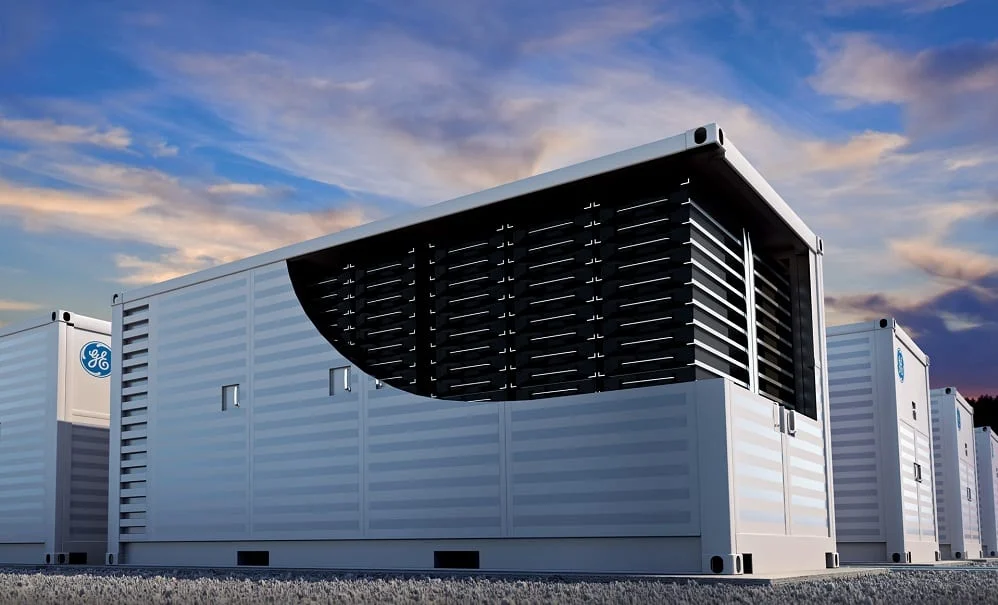In today’s world, uninterrupted power supply is a necessity. Power outages can disrupt our daily lives, affect businesses, and even pose risks to safety. One of the most effective solutions to these challenges is creating a backup power system using energy storage batteries. This blog will guide you through the essential steps to build a dependable backup system, explaining everything in simple terms for easy understanding.
Understanding Energy Storage Batteries
Energy storage batteries are devices that store electrical energy for later use. These batteries are often used in backup power systems to provide electricity during power outages or when the primary power source is unavailable. They work by storing energy from sources like solar panels or the main power grid, making it available when needed.
NOTE: If you’re ready to invest in a dependable power backup, consider energy storage batteries for your needs. Take the first step today to secure a reliable energy source for your future.
Key Components of Energy Storage Batteries
To understand how energy storage batteries work, it helps to know their basic components:
- Battery Cells: The main units where energy is stored.
- Battery Management System (BMS): This monitors and regulates the battery’s performance.
- Inverter: Converts stored direct current (DC) electricity into alternating current (AC) for household or commercial use.
- Storage Enclosure: Protects the battery from environmental factors like dust and moisture.
Benefits of Using Energy Storage Batteries for Backup Power
Building a backup power system with energy storage batteries has several advantages that make it a smart choice:
1. Uninterrupted Power Supply
Energy storage batteries ensure a steady power supply during outages, keeping your essential appliances and devices running smoothly.
2. Cost Savings on Electricity Bills
Some systems allow you to store energy during off-peak hours when electricity rates are lower, reducing your overall utility costs.
3. Eco-Friendly Energy Solution
Energy storage batteries often pair well with renewable energy sources like solar panels, providing a cleaner and more sustainable energy option.
4. Noise-Free Operation
Unlike traditional generators, energy storage batteries operate silently, making them ideal for both homes and offices.
5. Low Maintenance Requirements
These systems require minimal upkeep compared to fuel powered generators, making them a hassle-free backup solution.
Steps to Create a Backup Power System with Energy Storage Batteries
Creating a backup power system may seem like a complex task, but breaking it into steps can simplify the process.
Step 1: Assess Your Power Needs
Start by determining the amount of electricity your household or business requires during an outage. Make a list of essential appliances like lights, refrigerators, and medical equipment to estimate your power needs.
Step 2: Choose the Right Energy Storage Batteries
Selecting the appropriate energy storage batteries is crucial. Factors to consider include:
- Capacity: How much energy the battery can store.
- Cycle Life: The number of times the battery can be charged and discharged.
- Compatibility: Whether the battery works with your existing power setup.
Step 3: Pair with a Power Source
Energy storage batteries can be charged using various power sources. Solar panels are a popular choice for a renewable and sustainable setup. Alternatively, batteries can be charged from the grid during off-peak hours.
Step 4: Install the System Properly
Professional installation ensures that your backup power system operates safely and efficiently. An experienced technician can set up the batteries, inverter, and other components, ensuring all parts work together seamlessly.
Step 5: Test and Maintain the System
After installation, test your backup power system to ensure it functions as expected. Regular maintenance, such as cleaning and inspecting the battery connections, helps keep the system in good condition.
Types of Energy Storage Batteries for Backup Power
There are several types of energy storage batteries available, each with its pros and cons. Choosing the right one depends on your needs and budget.
1. Lead-Acid Batteries
These are traditional and affordable, making them a common choice for backup power systems. However, they are heavier and have a shorter lifespan compared to newer technologies.
2. Lithium-Ion Batteries
Lithium-ion batteries are lightweight, efficient, and have a longer lifespan. They are increasingly popular for both residential and commercial setups.
3. Flow Batteries
Flow batteries are suitable for large-scale applications and have a long cycle life. They are ideal for businesses with high energy demands.
4. Nickel-Cadmium Batteries
These batteries are durable and can withstand extreme temperatures, making them useful in specific environments.
Common Applications of Energy Storage Batteries
Energy storage batteries are versatile and can be used in various settings:
- Residential Use: Powering essential appliances during outages.
- Commercial Buildings: Keeping business operations running smoothly.
- Healthcare Facilities: Providing uninterrupted power for critical medical equipment.
- Remote Areas: Offering off-grid energy solutions.
Challenges and Solutions in Using Energy Storage Batteries
While energy storage batteries are highly efficient, some challenges may arise:
Challenge 1: Initial Cost
Energy storage systems can be expensive to install.
Solution: Look for financing options, tax credits, or incentives from local authorities to reduce costs.
Challenge 2: Limited Capacity
Batteries may not store enough energy for prolonged outages.
Solution: Pair batteries with renewable energy sources like solar panels for continuous power generation.
Challenge 3: Maintenance Needs
Neglecting maintenance can lead to reduced performance.
Solution: Schedule regular inspections and follow manufacturer guidelines for upkeep.
Conclusion
Creating a backup power system using energy storage batteries is a practical and eco-friendly way to ensure uninterrupted electricity for your home or business. These systems provide reliable power during outages, help save on electricity costs, and support sustainable energy practices.
For more insightful articles related to this topic, feel free to visit netblogz.
